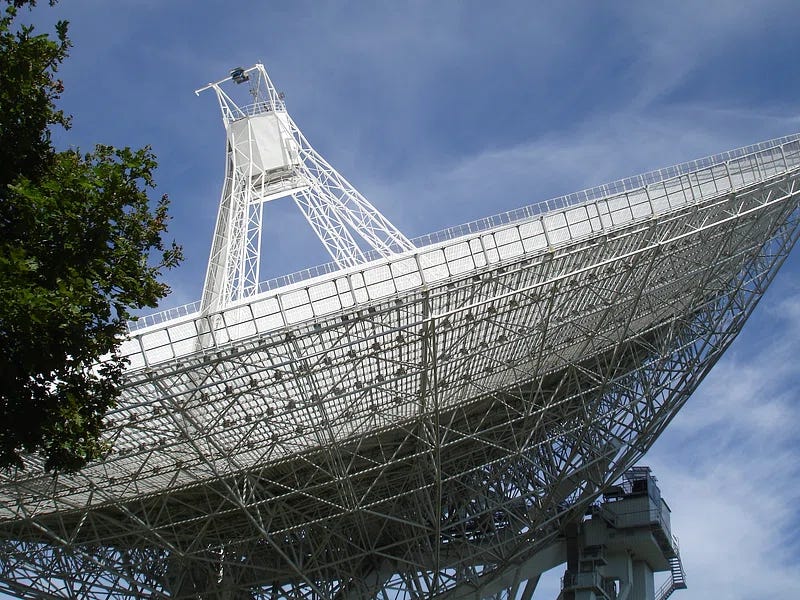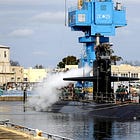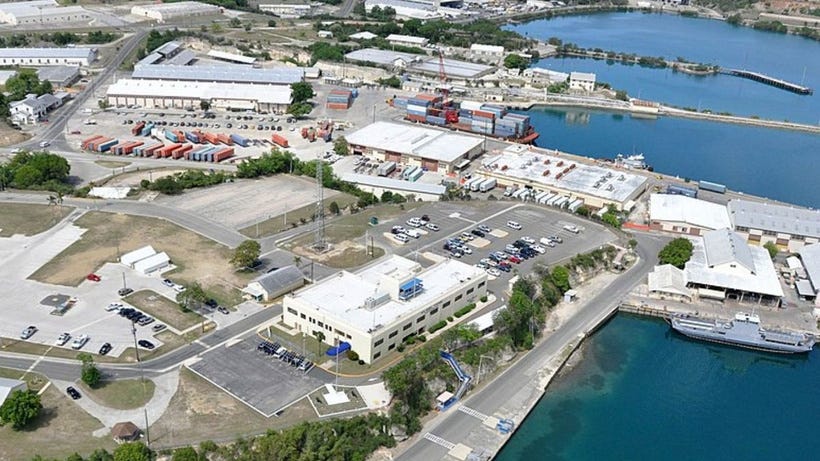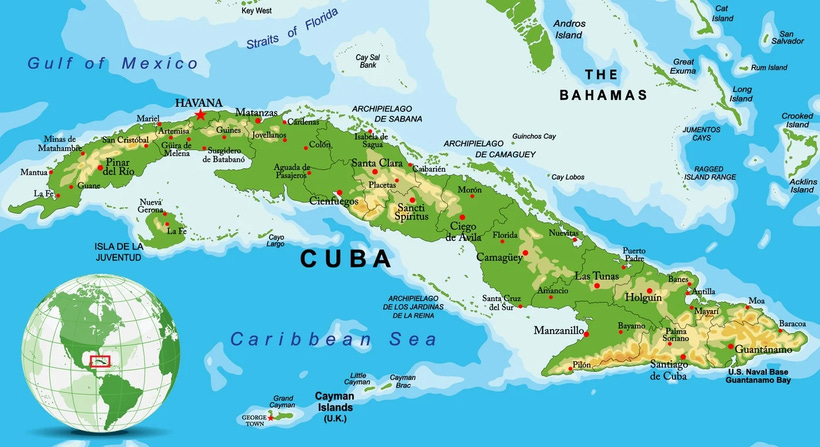China and Russia Expand Intelligence and Naval Operations in Latin America
Cuban sites, located 450 miles from Florida, enable monitoring of U.S. communications through the interception of radio, satellite, and other signals.
LATAM — China and Russia have expanded signals intelligence facilities, which involve electronic collection of communications and data, and naval deployments, which position ships for operations or presence, in Latin America.
Cuban sites, located 450 miles from Florida, enable monitoring of U.S. communications through the interception of radio, satellite, and other signals.
In a related development, Russian vessels have docked in regional ports as part of strategic naval engagements, including in Havana, Cuba (June 12-17, 2024, with Admiral Gorshkov frigate and Kazan submarine), and La Guaira, Venezuela (July 2024 with Admiral Gorshkov and Academic Pashin tanker; June 2025 with Admiral Vladimirsky oceanographic research vessel).
China’s unreliable entity list updates, which restrict trade with designated foreign companies deemed threats to national security, and rare earth export controls, which limit shipments of minerals essential for electronics and defense technology, took effect on October 9, 2025.
A May 2025 summit secured infrastructure and mineral agreements. Cuba joined BRICS as a partner state on January 1, 2025. U.S. Southern Command’s 2025 posture statement, an annual report to Congress on regional threats, identified the activities.
U.S. deportation operations for Chinese nationals, aimed at addressing immigration violations amid concerns over espionage and influence, occurred in January 2025. Congressional hearings in May 2025 reviewed Cuban site developments. Satellite imagery from April 2025 captured antenna installations at Bejucal and related locations.
These arrangements have evolved over the past 15 years. Chinese access to eavesdropping arrays near Guantanamo Bay, the U.S. naval base in Cuba, leased since 1903, began in 2019.
Russia delivered 5,000 anti-aircraft missiles to Venezuela. No permanent bases operate, but port investments and exercises facilitate logistics. U.S. assessments note proximity to domestic bases and potential dual-use applications.
Economic ties, including $60 billion trade deficits with Mexico amid Chinese goods routing through the country, complement military elements.
Historical Context of Chinese Intelligence Activities in Cuba
Satellite imagery from Maxar Technologies, detailed in a Center for Strategic and International Studies report from July 2024, showed new construction at Cuban sites.
U.S. analysts and the Center for Strategic and International Studies suspect these support Chinese signals intelligence due to antenna arrays and radar installations.
Cuba lacks an independent space program, suggesting foreign operation. Facilities at Bejucal, Calabazar, Wajay, and El Salao feature these elements.
Bejucal, used for Soviet nuclear storage during the 1962 Cuban Missile Crisis, now accommodates electronic monitoring equipment. U.S. officials acknowledged Chinese upgrades in 2019, according to Pentagon statements. These developments established the basis for continued expansions.
A Center for Strategic and International Studies update in May 2025 indicated further expansions. An antenna at Bejucal has a diameter of 425 to 655 feet, capable of signals up to 9,300 miles.
This range encompasses North America from Santiago de Cuba, about 450 miles from Florida. Imagery from April 2025 supported ongoing activity. Chinese Embassy spokesperson Liu Pengyu dismissed the findings as slander in July 2024.
Cuban Deputy Foreign Minister Carlos Fernandez de Cossio described them as legends without evidence. These build on a 2023 agreement for electronic facilities near Guantanamo Bay. Pentagon monitoring persists without detailed public confirmation.
Key Evidence and Counter-Perspectives on Signals Intelligence Expansions
Keep reading with a 7-day free trial
Subscribe to The Standeford Journal - News, Intel Analysis to keep reading this post and get 7 days of free access to the full post archives.







